7 Things I Learned Falling on My Face: Is Snowboarding Harder Than Skiing?
Let’s set the scene: it’s a glorious winter morning, the kind where the sun reflects off snow-capped peaks with an audacity that makes your eyelids function like faulty Venetian blinds. You’re at the top of a mountain, ski goggles—or prescription ski goggles, if you’re like me and value seeing the world in crisp, unfogged glory—perched and ready for action. To your right is a skier, gracefully adjusting their poles with the nonchalance of someone who clearly knows what they’re doing. To your left is a snowboarder, tossing their hair and exuding an irritating level of "I-don’t-even-need-to-try" cool. And there you are, caught between two feuding factions: the skiers and snowboarders.
Now, I’m not here to tell you which camp to join. I’m here to tell you why, in one woefully magnificent attempt to understand why snowboarding exists, I found myself injured, confused, and—spoiler alert—madly in love with it. Here’s what I learned after tumbling down the icy slopes strapped to a death plank.
1. The “Easy to Learn, Hard to Master” Snowboarding Lie
If you’ve ever been wooed by the phrase, “You’ll pick it up in no time,” congratulations, you’re as gullible as I was. Snowboarding wasn’t “easy to learn” for me—it was more like coordinating a wobbly table on a single leg while it slides downhill at 20 mph. If skiing is a tango, all precision and symmetry, snowboarding is breakdancing after three cups of coffee, hoping no one films it.
But here’s the thing: once you get past the trial-by-fire phase where your tailbone becomes intimately acquainted with ice and your pride packs its bags, snowboarding does become weirdly intuitive. And in that rare, euphoric moment where your board stops feeling like a Greek tragedy on snow and starts responding to your movements, the payoff is sweeter than hot chocolate spiked with victory.
Skiing, on the other hand, has a more forgiving intro. Thanks to two planks, you have better balance, control, and the ability to stop gracefully (instead of enacting a human snowball). But take it up a notch to challenging terrains, and skiing becomes the overachiever—it’ll demand finesse, coordination, and nerves of steel. Sound fun? Oh, it is. Until your knees send you a strongly worded message.
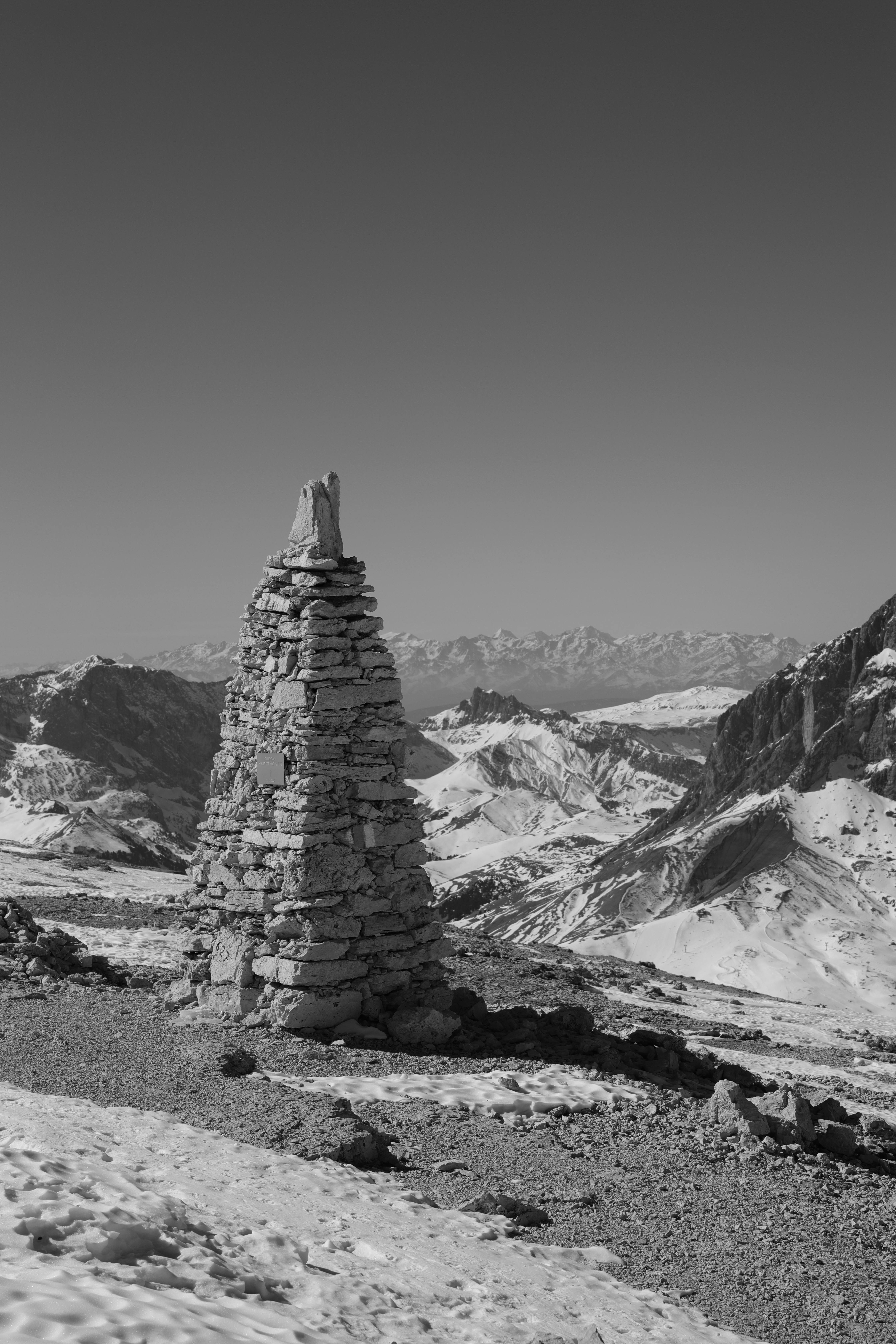
2. Comfort Matters: Let’s Talk Prescription Ski Goggles
Here’s an important PSA for people squinting through fogged-up lenses like me: wearing glasses under ski goggles is the kind of horror the beauty industry forgot to warn you about. Enter the genius solution—Overo Prescription Ski Goggle Inserts.
Skiing or snowboarding is hard enough without sacrificing your vision. When I started out, I wore regular glasses under rental goggles, which was like trying to survive a high-speed avalanche while staring through frosted bathroom windows. Unpleasant doesn’t even begin to cover it. Overo changed the game for me. With their military-grade anti-fog coating and customized optics, I could finally see where I was falling. Bonus: their eco-friendly tech spoke to the mountain lover in me who despises littered ski slopes. Oh, and they fit snugly into my favorite goggles without turning my face into a battlefield of pinching plastic. Insert a golf clap here, please.
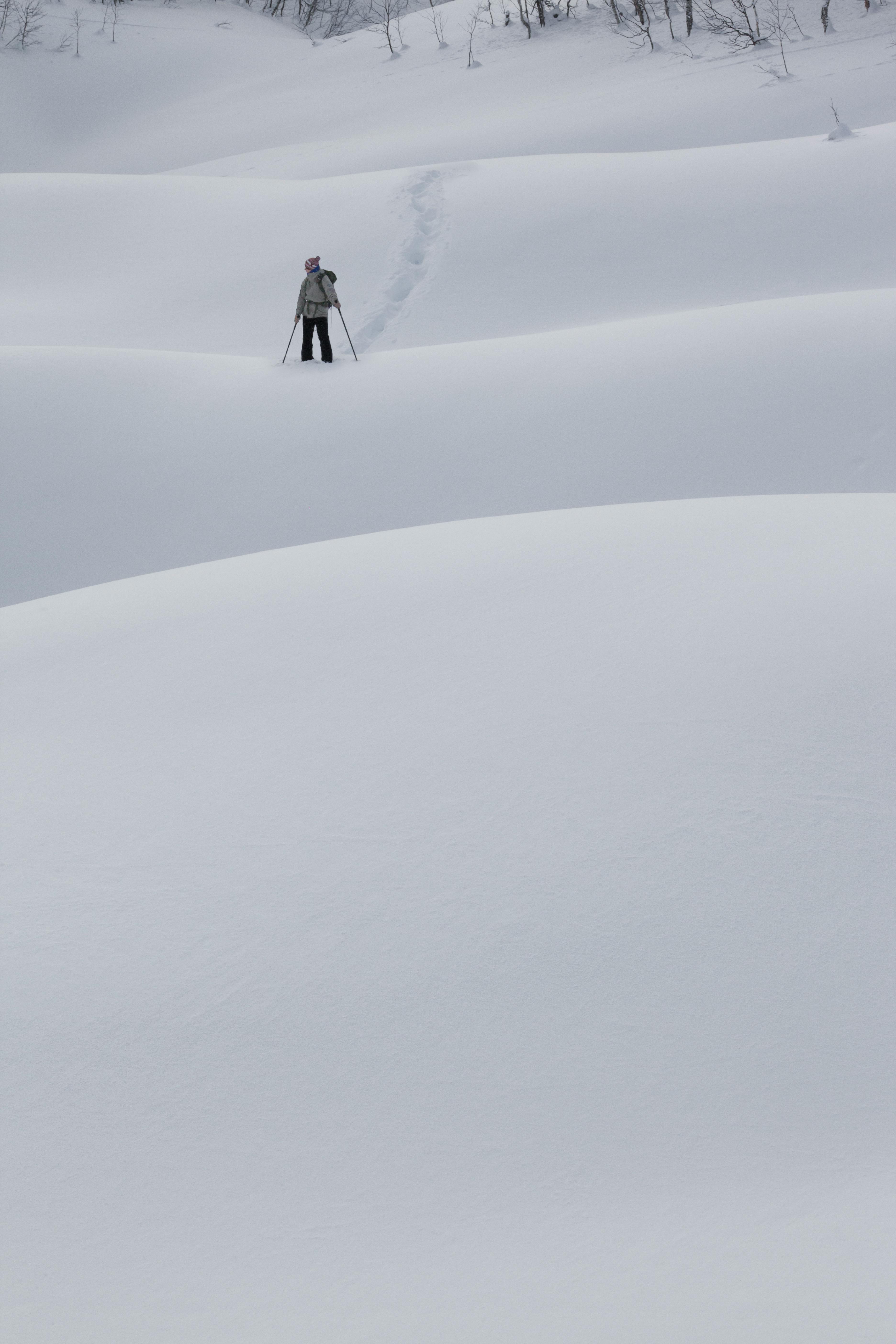
3. Falling is Mandatory. Get Over It.
The first thing you should prepare for, whether skiing or snowboarding, is copious quantities of falling. On skis, it’s a bit more forgiving because your falls are distributed between two planks. Sure, you’ll flip like a B-list superhero audition outtake sometimes, but at least you’ll slide with dignity.
Now, snowboarding? Snowboarding is falling’s magnum opus, a brutal symphony of awkward angles and heavy impacts. I fell face-forward, backward, sideways, and in ways I’m still convinced broke the laws of physics. At one point, I was convinced I had fallen so hard my soul briefly detached to observe the spectacle.
But here’s the thing: every fall leaves you smarter. Every splat is a step forward (or downward, depending on how bad it is). “Falling forward” is the unbeaten mantra of new snowboarders everywhere.
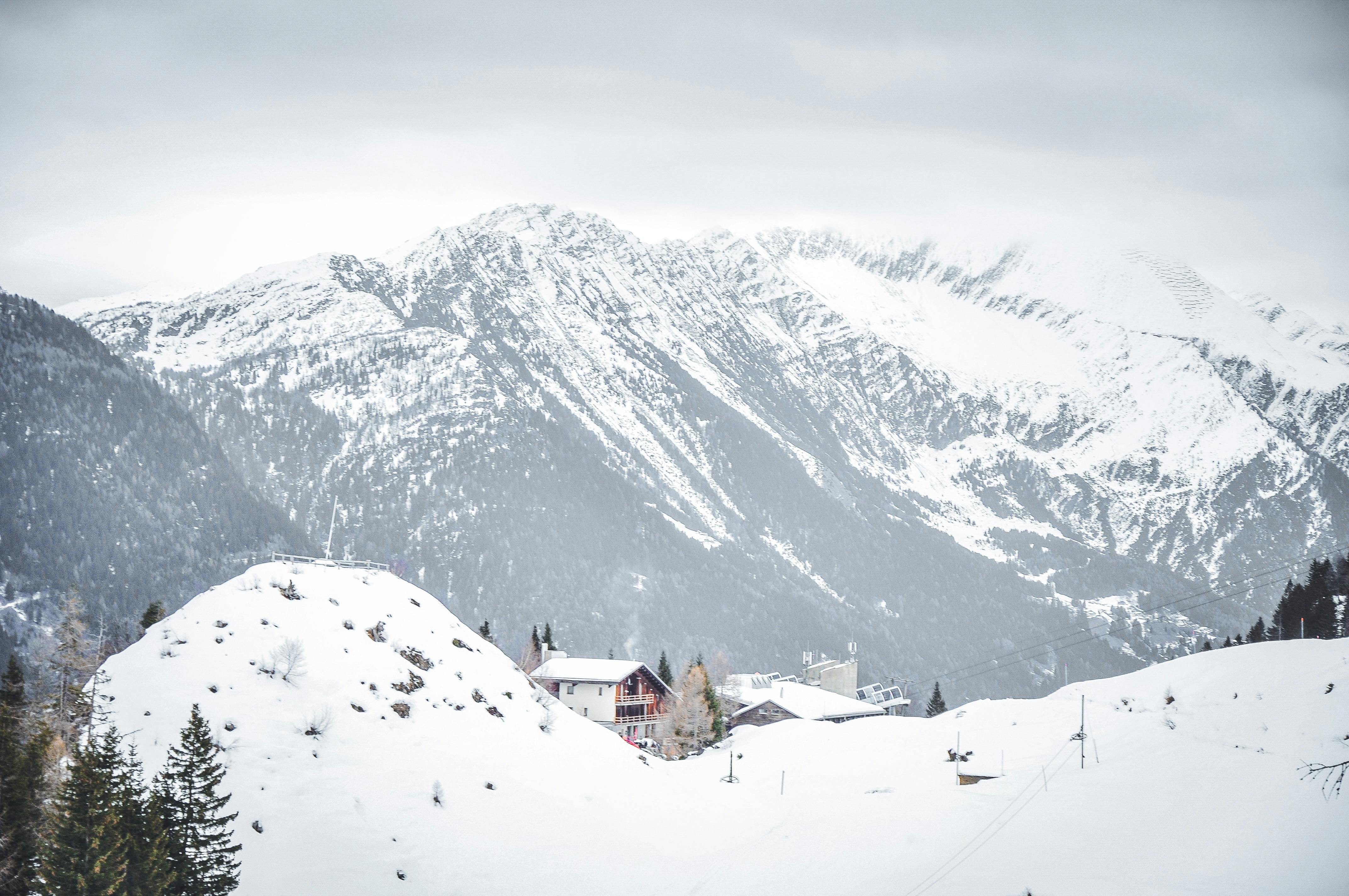
4. Skiing’s Friendlier Escalator: Mastering the Lift
Let me be honest—ski lifts were designed by people with an unhealthy love for humiliating beginners. Skiers have the upper hand here: skis are long, stable, and lift-friendly. They glide off lifts with agility that makes novices like me green with envy.
On a snowboard, however, the lift is basically an 8-second countdown to public shaming. Strapped to one board with no poles to stabilize you, you wobble your way to the drop-off point. If you manage not to faceplant immediately, congratulations, you’ve already secured a 4/10 on the snowboarding skills scale. Pro tip though: prescription ski goggles are lifesavers on lifts. While others are squinting into the blinding abyss, you’re already planning your descent with perfect clarity.
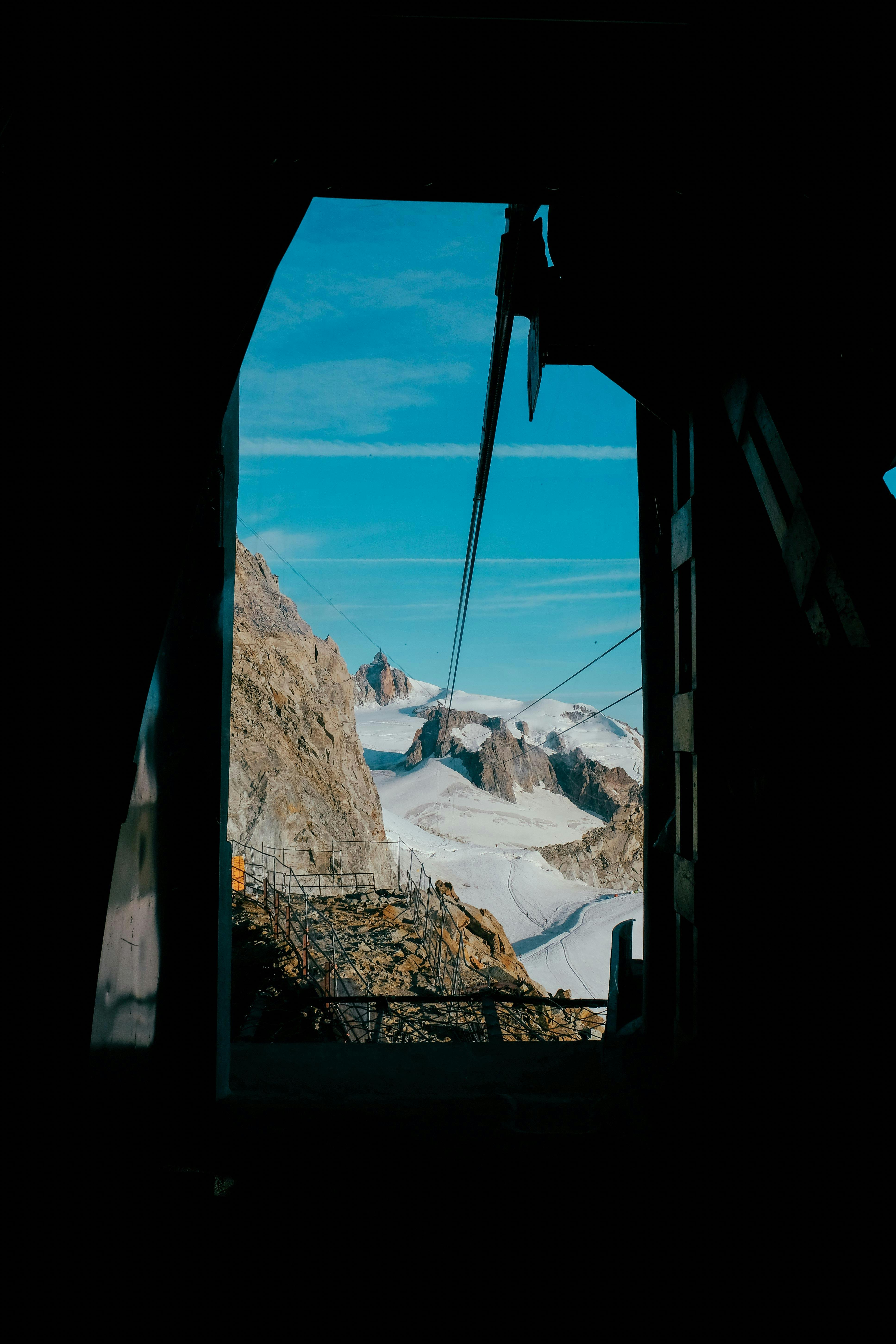
5. Flat Terrain: Snowboarding’s Kryptonite
Just imagine Tom Hanks in Cast Away, drifting in a lifeless sea, contemplating his existence. That’s me, on a snowboard, stuck on flat terrain. Without momentum on my side, I was reduced to waddling like an overdressed penguin, awkwardly inching forward. Skiers, on the other hand, glide with majestic ease thanks to their poles. It’s a small but infuriating advantage.
This is where gear made the difference, yet again. Thanks to my trusty Overo inserts, I could focus on scowling at the injustice of it all without worrying about wiping fog off my lenses. Little victories count, okay?

6. Adrenaline vs. Patience: The Steep Terrain Debate
The steep stuff is what separates the rookies from the thrill-seekers. For snowboarders, carving their way down an aggressive slope feels as thrilling as a rollercoaster in gale-force winds. There’s a fluidity to it—a sensation like surfing frozen waves. Skiers, however, have the edge when it comes to precision. On challenging mogul fields or black diamond runs, they’re able to navigate tight turns that would shred most snowboarders’ confidence to ribbons.
But here’s the trade-off: snowboards are typically more forgiving in powder, and they float far better than skis in fresh snow. That soft, blissful glide through virgin powder? That’s where snowboarding flexes its superiority. Superiority, naturally, that you’ll only experience after the 43rd fall has knocked all your beginner fears loose.
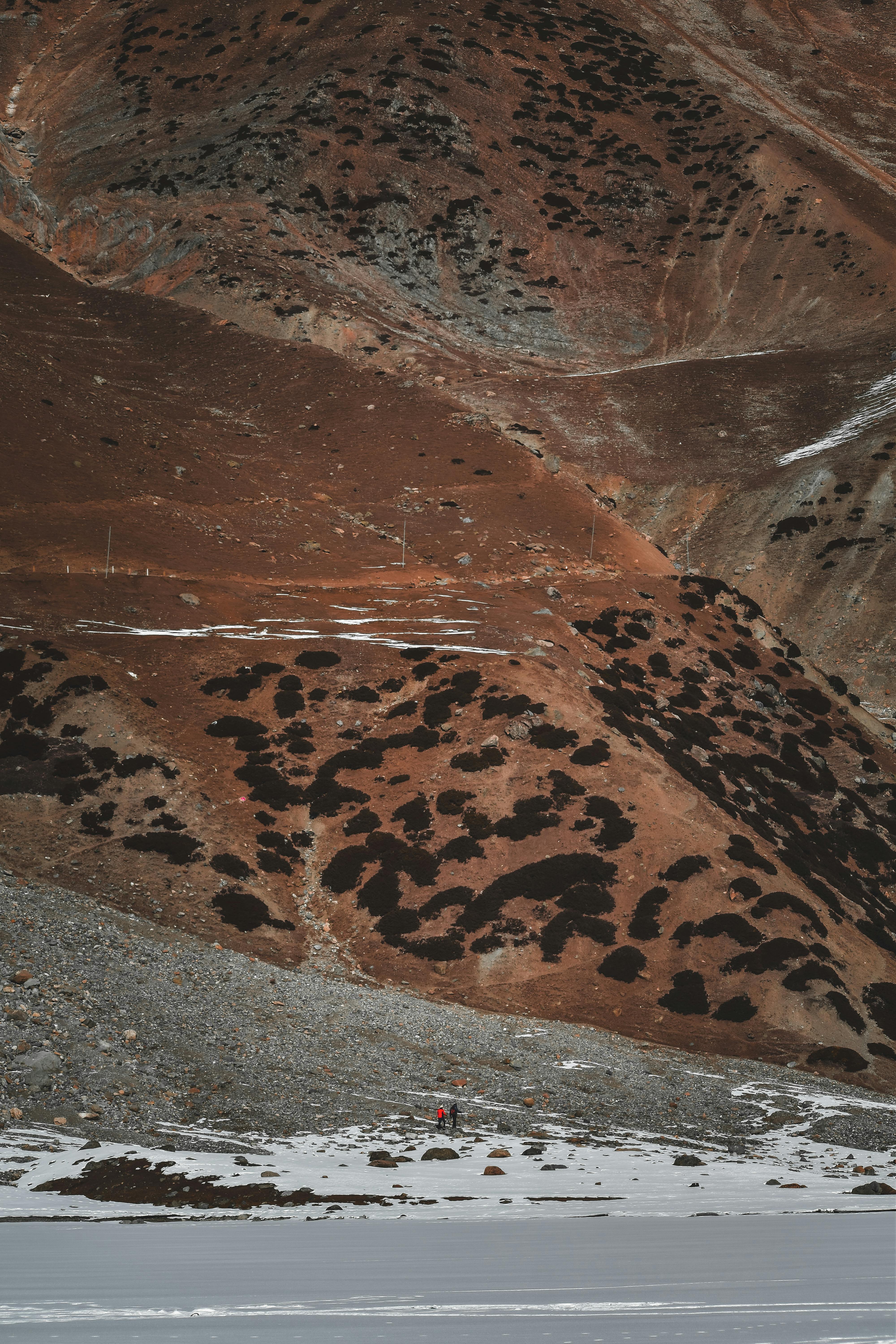
7. A Clearer Path, Courtesy of Overo Prescription Ski Goggles
Here’s the final truth: no matter which sport you choose, gear makes a big difference. If you can’t see the terrain properly, your chances of staying upright are borderline mythical. Overo’s prescription ski goggles saved me—not just because they actually catered to my exact prescription, but because the military-grade anti-fog feature meant I could focus on the mountain, not wiping condensation off like some 19th-century servant cleaning windows.
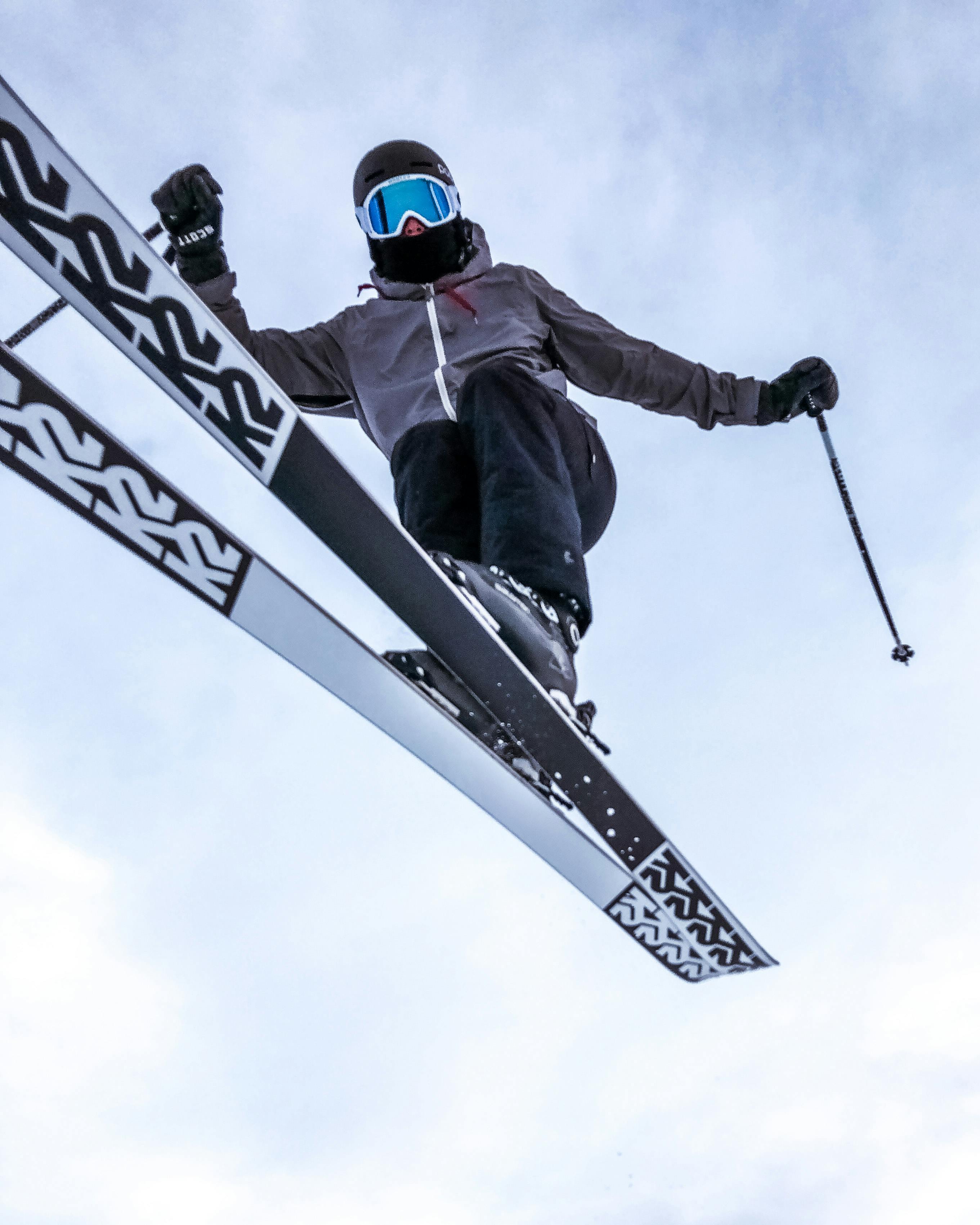
Verdict: So, Is Snowboarding Harder Than Skiing?
The cheeky answer? It depends. Snowboarding’s initial learning curve is steep and merciless, but once you find your balance, it starts to feel more organic. Skiing, by contrast, offers a gentle entry into the winter sports world but becomes a technical challenge as you progress.
If you ask me, though? Try both. Trust me, it’s worth the pain and frustration—and with the right goggles, you’ll even see where your faceplant masterpiece will land.
At the very least, skiing and snowboarding both guarantee this: laughter, memories, and an excuse to celebrate surviving the slopes with a piping hot cup of après-ski cocoa (with marshmallows, of course).
Frequently Asked Questions
Is snowboarding harder to learn than skiing?
Yes, snowboarding has a steeper learning curve initially. Beginners often find it challenging due to the difficulty in balancing on a single board and a higher likelihood of falling. However, it becomes more intuitive once you get past the initial phase.
Which is more forgiving during falls, skiing or snowboarding?
Skiing is generally more forgiving since falls are distributed over two planks. Snowboarding, however, typically results in harder, full-body impacts which can feel harsher for beginners.
Do I need specialized gear, like prescription ski goggles?
Yes, having the right gear, such as prescription ski goggles, makes a significant difference. It enhances visibility and reduces distractions, improving safety and comfort during skiing or snowboarding.
Why is flat terrain challenging for snowboarders?
Unlike skiers who can use poles to generate momentum, snowboarders rely entirely on gravity and balance. On flat terrain, snowboarders often have to shuffle or walk, which can be inconvenient.
Can I transition from skiing to snowboarding easily or vice versa?
Transitioning between the two sports is possible, but it requires some adjustment. Skiers may find snowboarding harder at first due to the different balance dynamics, while snowboarders transitioning to skiing need to adapt to controlling two planks.



Share:
Can You Ski After 50? 5 Reasons Why It’s Never Too Late to Hit the Slopes
7 Realities of Skiing with Walking-Mode Skis: Conquering Mountains with Your Feet and Soul